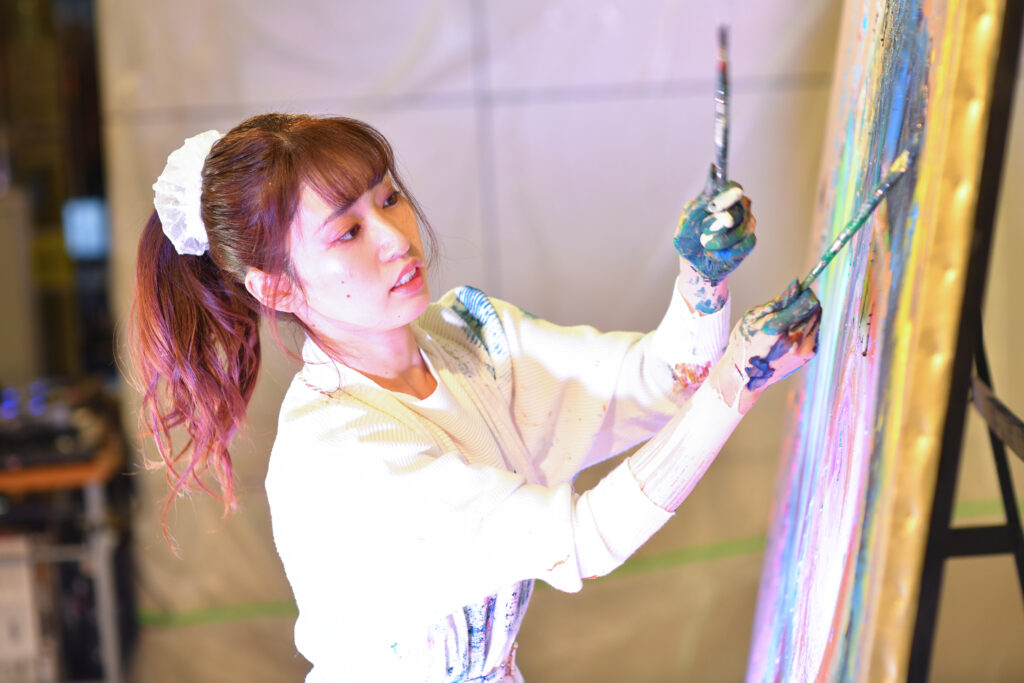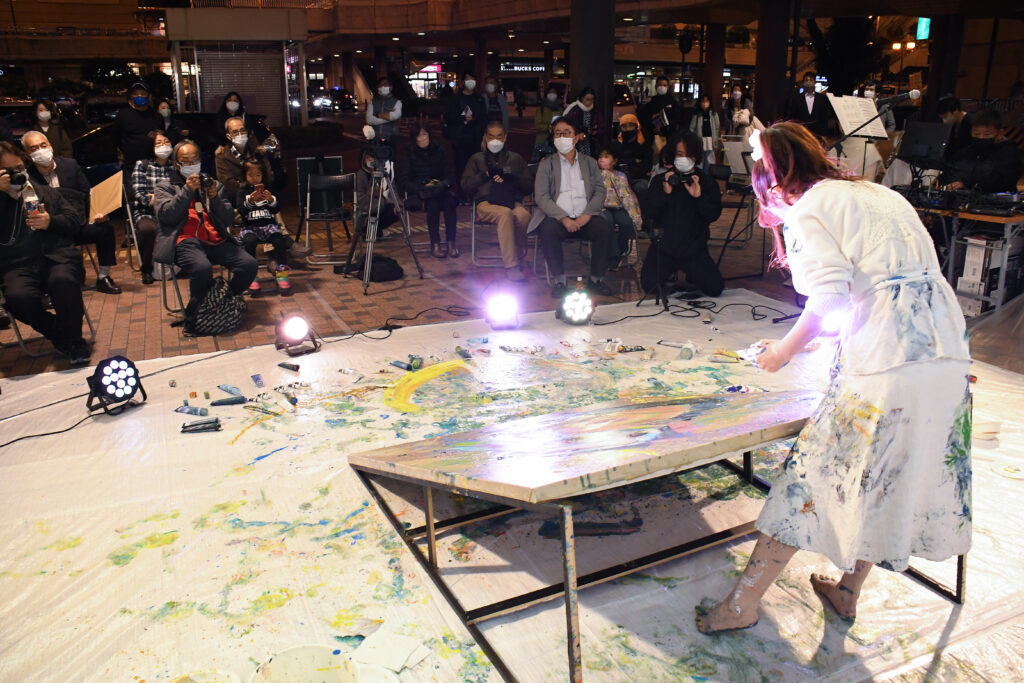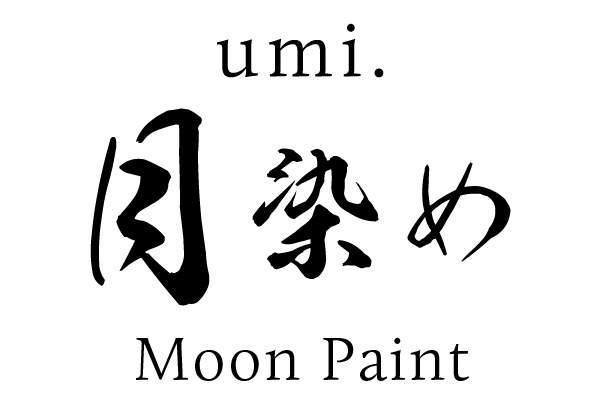
“BONJI” — Live Painting Under the Full Moon
Under the guidance of Buddhist monks, we collaboratively paint Bonji (Sanskrit letters) and complete them as works of art.
During the full moon, we create in the moonlight—a performance we call Moon Paint (Tsukizome).
Each finished piece is named “BONJI.”
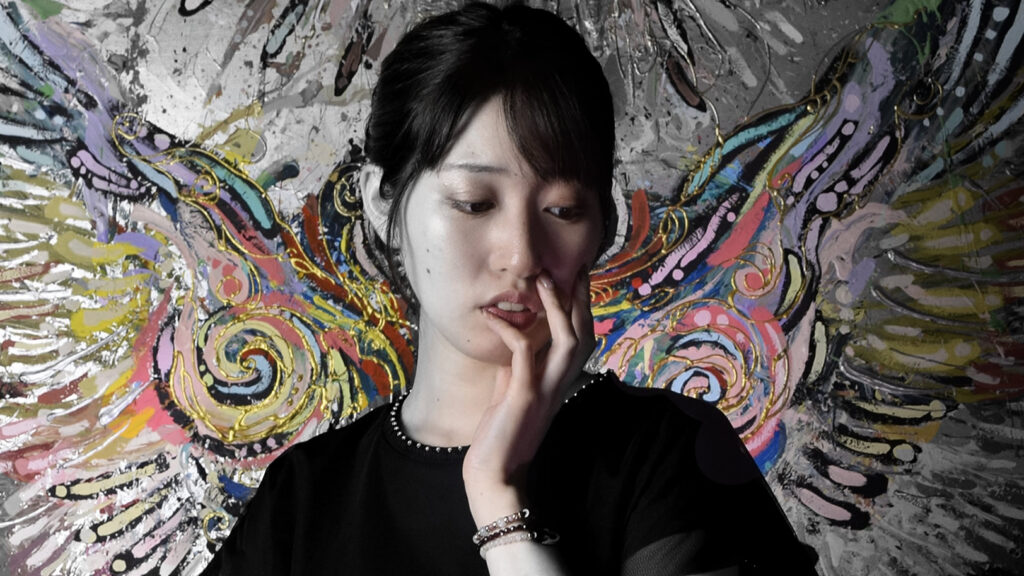
"BONJI" drawn with live painting under the full moon.
Under the supervision and guidance of a monk, a monk and a painter jointly draw a Sanskrit character and make it into a work. Live painting under the full moon while bathing in moonlight (MoonPaint). The completed work is named "BONJI".
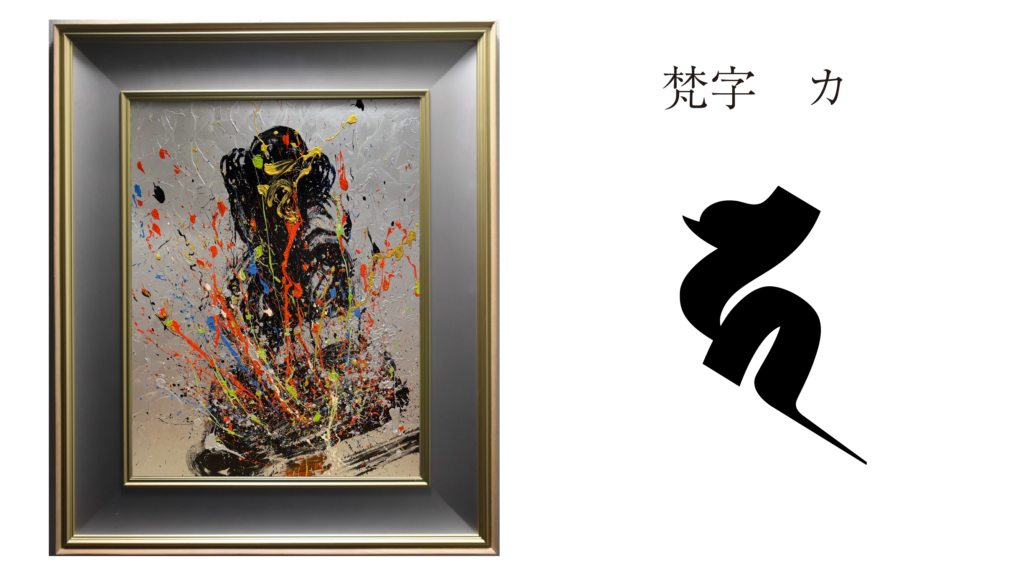

Healing | A natural space for peace and serenity
umi:
“The wish to create a place of healing was what first inspired me to begin Tsukizome (Moon Paint).
In human society, the independence of the self is entirely natural.
It is also natural that, through actions born of that self, we encounter pain, seek healing, and long for forgiveness.
Our sense of existence is like a ripple spreading through nature itself.
As the ripples of those who view my work meet my own,
I hope to weave them together with the moon, shaping a three-dimensional space where something quietly gathers.
By staying aligned with the flow of nature, I wish to create a space—almost supernatural—where healing becomes peace.”
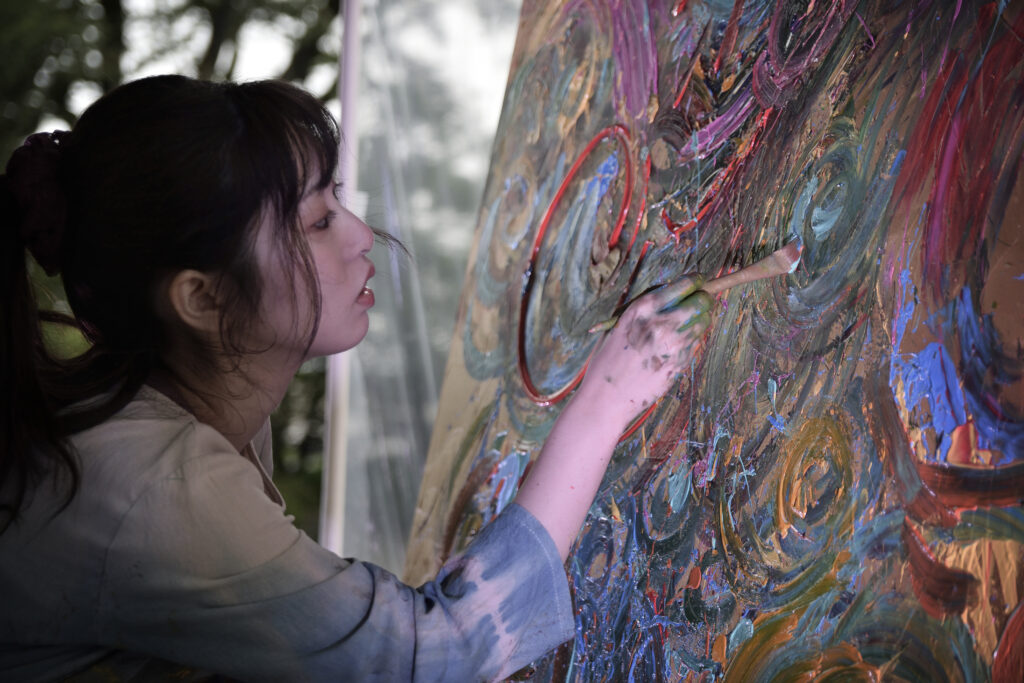

Moon Paint | “Dyeing the Present Moment with the Heart”Guided by Buddhist monks
Each piece is consecrated through a ritual performed by monks, involving the inscription of sacred Sanskrit letters (Bonji) and the invocation of spirit.
umi:
“The paintings created in this setting may be seen as a form of Buddhist art,
but that is not my intention. What matters most to me is the natural course of events.
The timing of the Bonji inscription is never predetermined.
It is decided through the shared rhythm and breath between the monk and myself.
Both the content of the artwork and the ritual itself
are entrusted entirely to a greater flow beyond our control.”

umi:
“In the end, the work may take the form of Buddhist painting—an image of Buddhas and deities.
Yet rather than anticipating such an outcome, I believe it is more important
to stay with the present flow and move closer to the essence itself.
Before the vast and undeniable presence of the moon, we are powerless.
And in that awareness of powerlessness, I wished to simply let our hearts dye this very moment.”
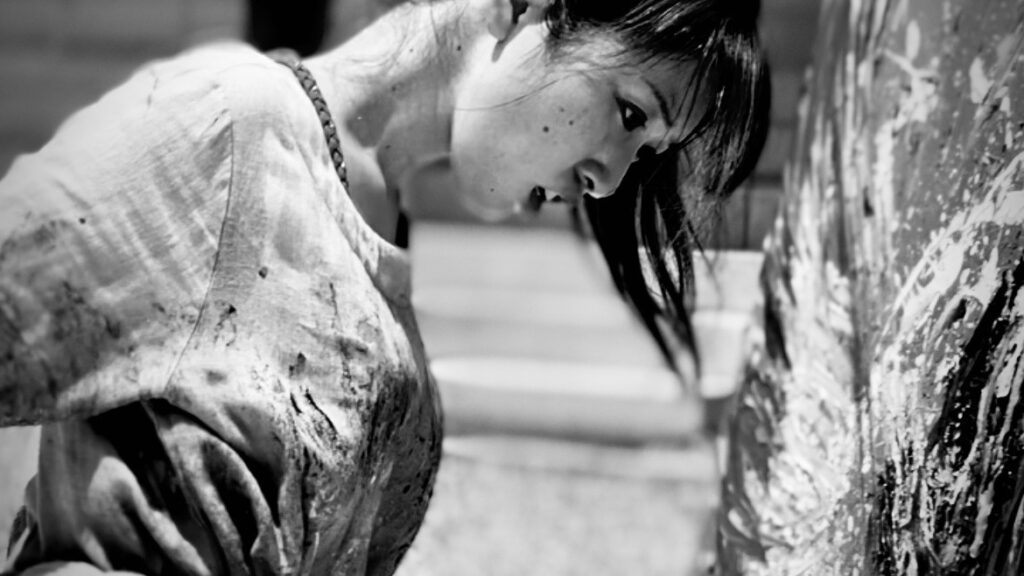
“Not Alone” — Moved by the Spirit of Bonji

umi:
“Animism—the belief that all living things possess spirit or soul—dates back to ancient times.
Human beings have always approached everything before them, including nature itself,
with imagination and a willingness to feel.
For me, as someone who continues to paint plants and animals,
the nature of the soul and the question of where it resides
are among the most profound themes in life.
Around 2019, I began a series called Air—a collection of animal paintings
I named ‘maps of soul liberation.’
From this series grew the Dragon Painting Dedication in 2021,
a Buddhist ritual and offering.
Through the long and intricate process of ceremony and creation,
I came to feel that the dragon painting contained something
beyond the pigments I had placed upon the canvas.”



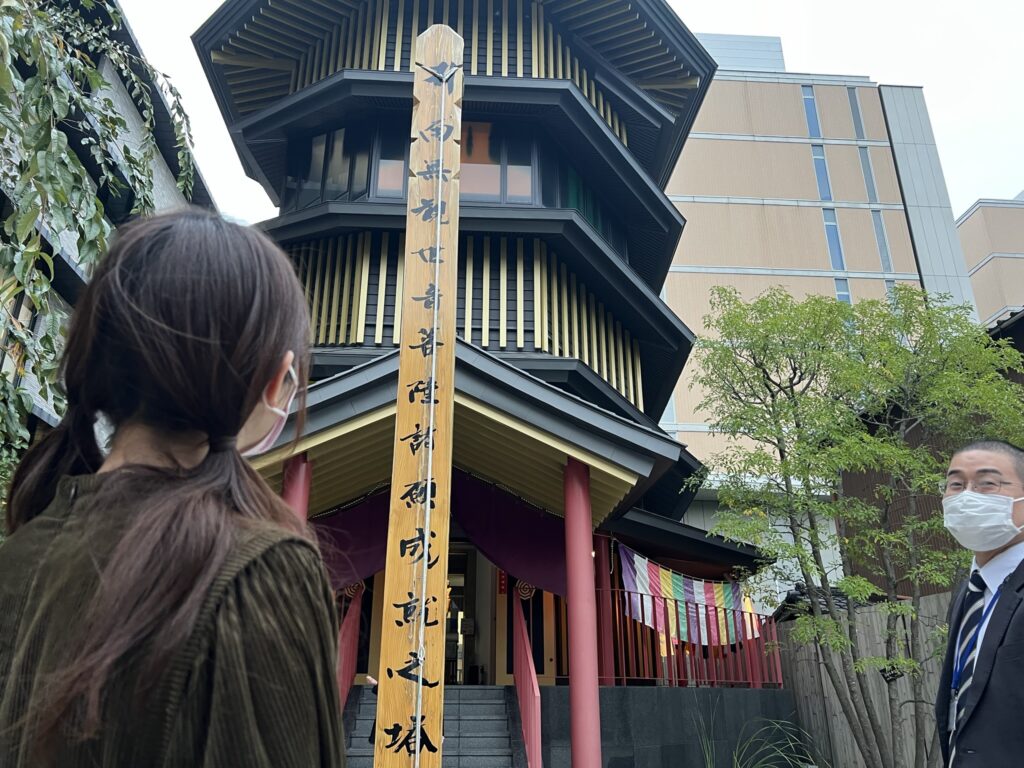
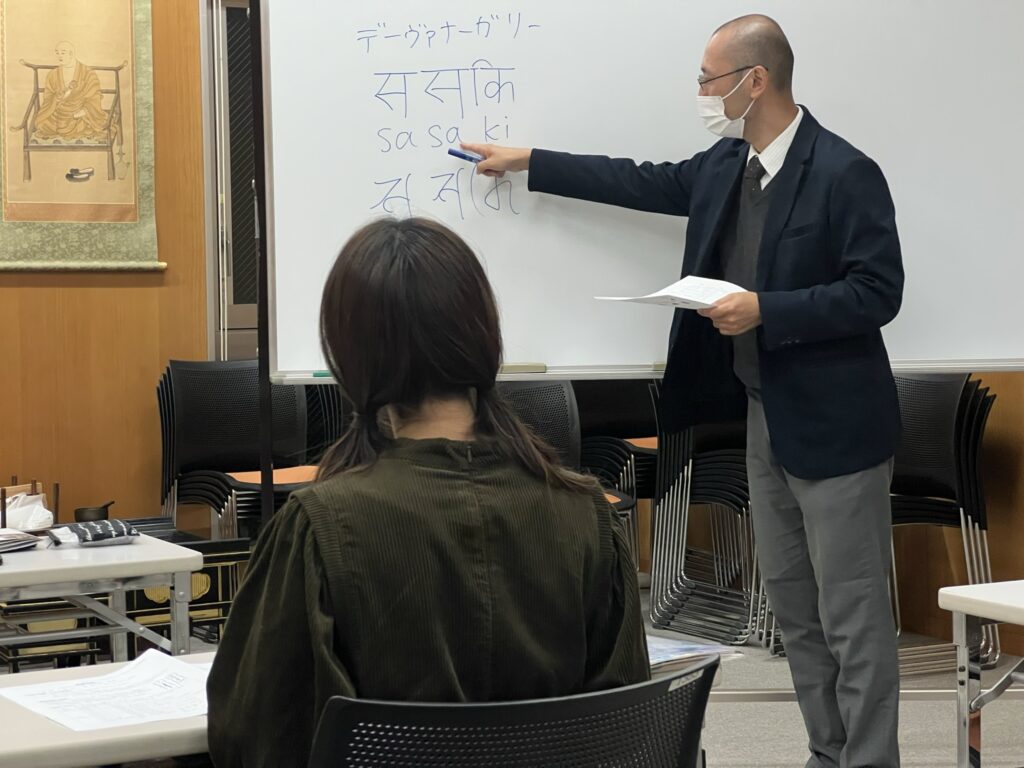
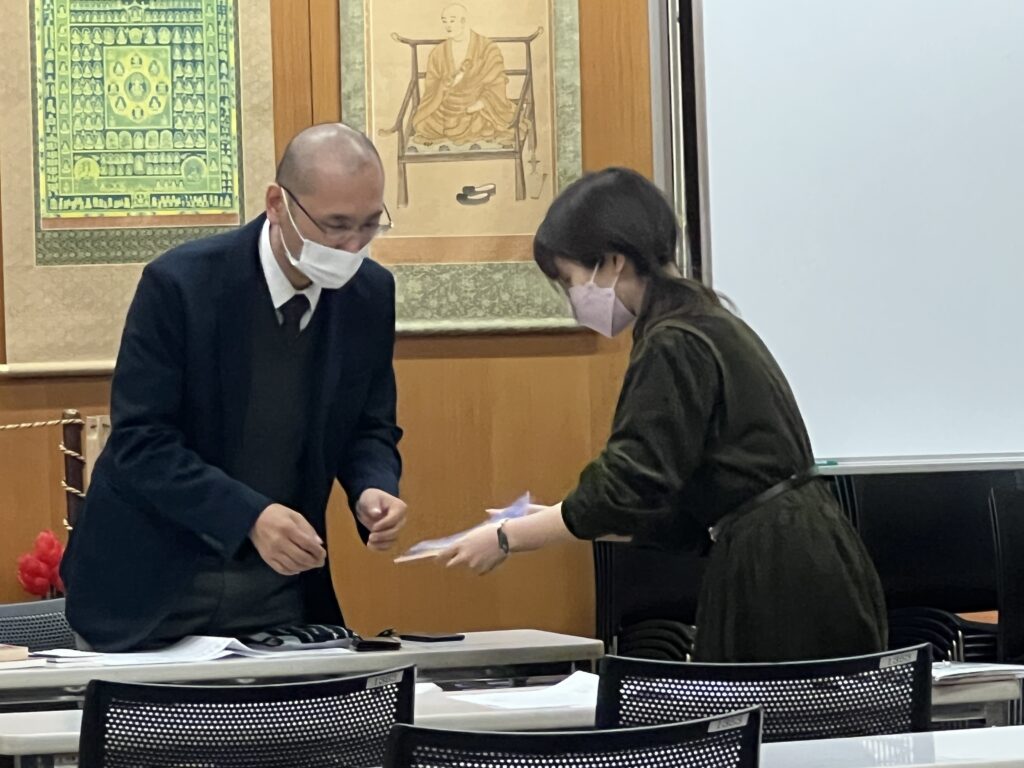
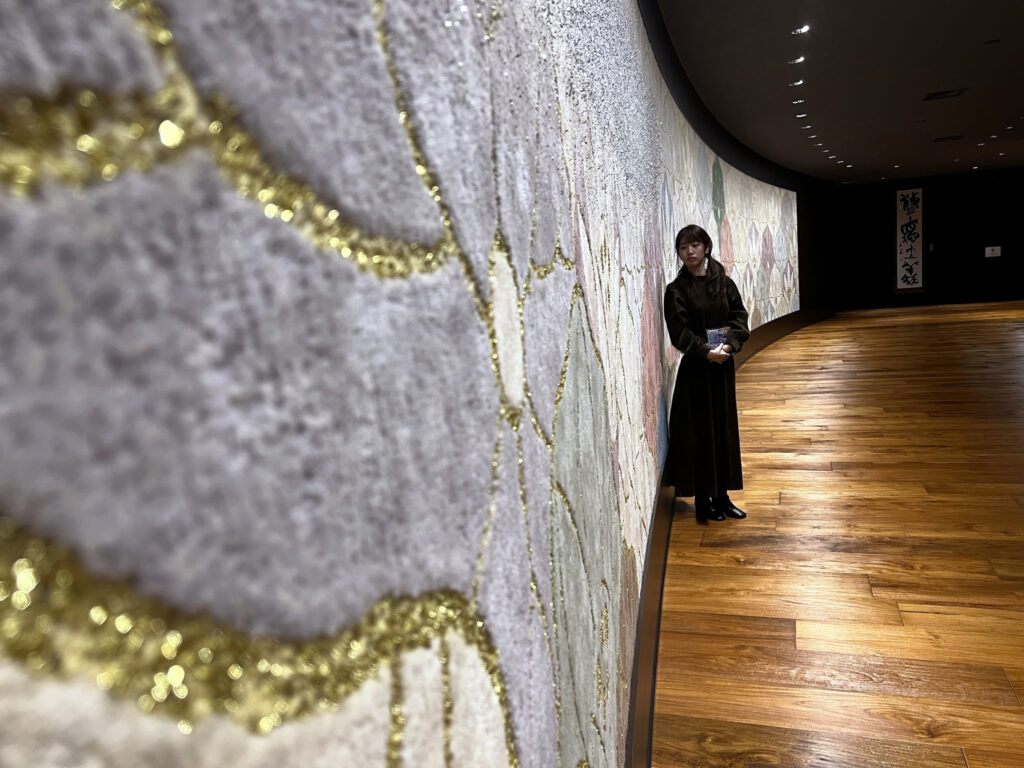
umi:
“My involvement with the BONJI project began quite by chance, when I first learned about Bonji characters and was deeply moved by the depth of their meaning.
Through this work, I wish to remind people that even a single letter can carry an unseen spirit — a soul — and that by engaging with such forms through imagination, we can perceive more than what is visible before us.
I don’t believe the visible world is the whole truth.
By thinking this way, perhaps we can become more forgiving, more joyful in how we meet everything around us.
If a child were to cry out, ‘I saw a fairy!’, wouldn’t you feel a spark of wonder too?
For someone like me, who has long painted the fantastical,
what cannot be seen is often the most beautiful motif of all.”
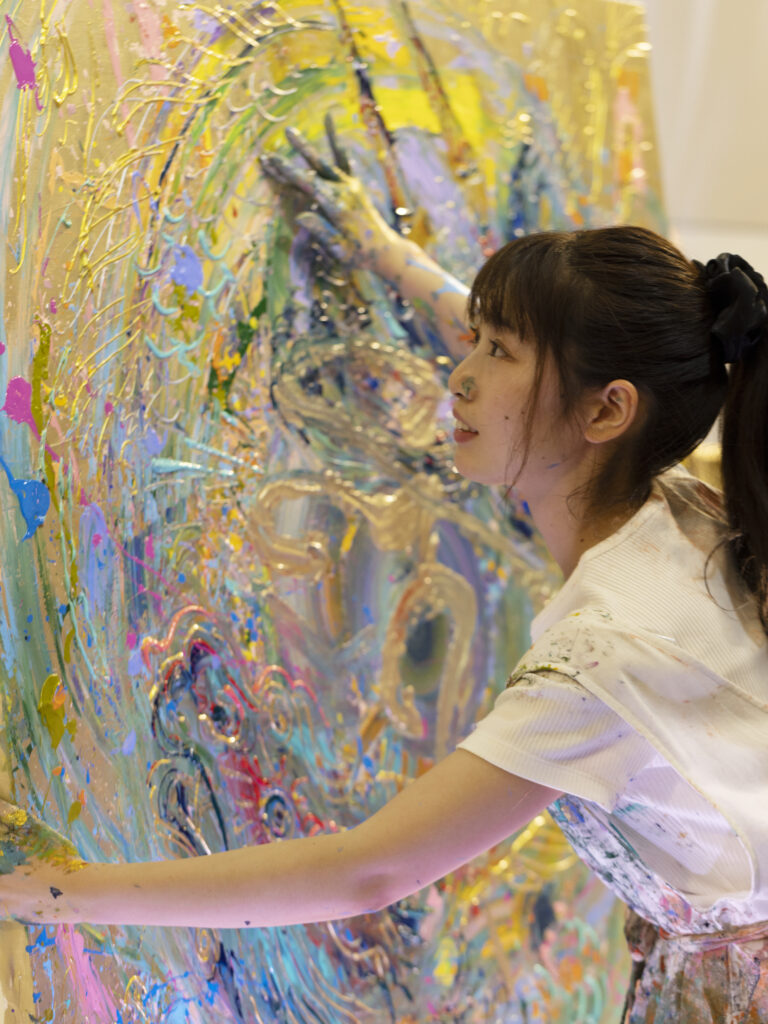
umi, September 10, 2022 — Full Moon 19:00
At: Utsunomiya Station / Photo: Takako Kawamura
umi:
“We are never truly alone.
We are surrounded—almost mysteriously—by countless things that cannot be seen.
Because we are not alone, challenges arise, and so do joys.
‘Not being alone’ is both a form of practice and a kind of happiness.
Moon Paint is my small response—
a personal answer found within this ever-changing world,
where impermanence itself keeps giving birth to the new.
It is a continuation of a breath that began some sixty thousand years ago,
when humankind first began to paint.”
prayer
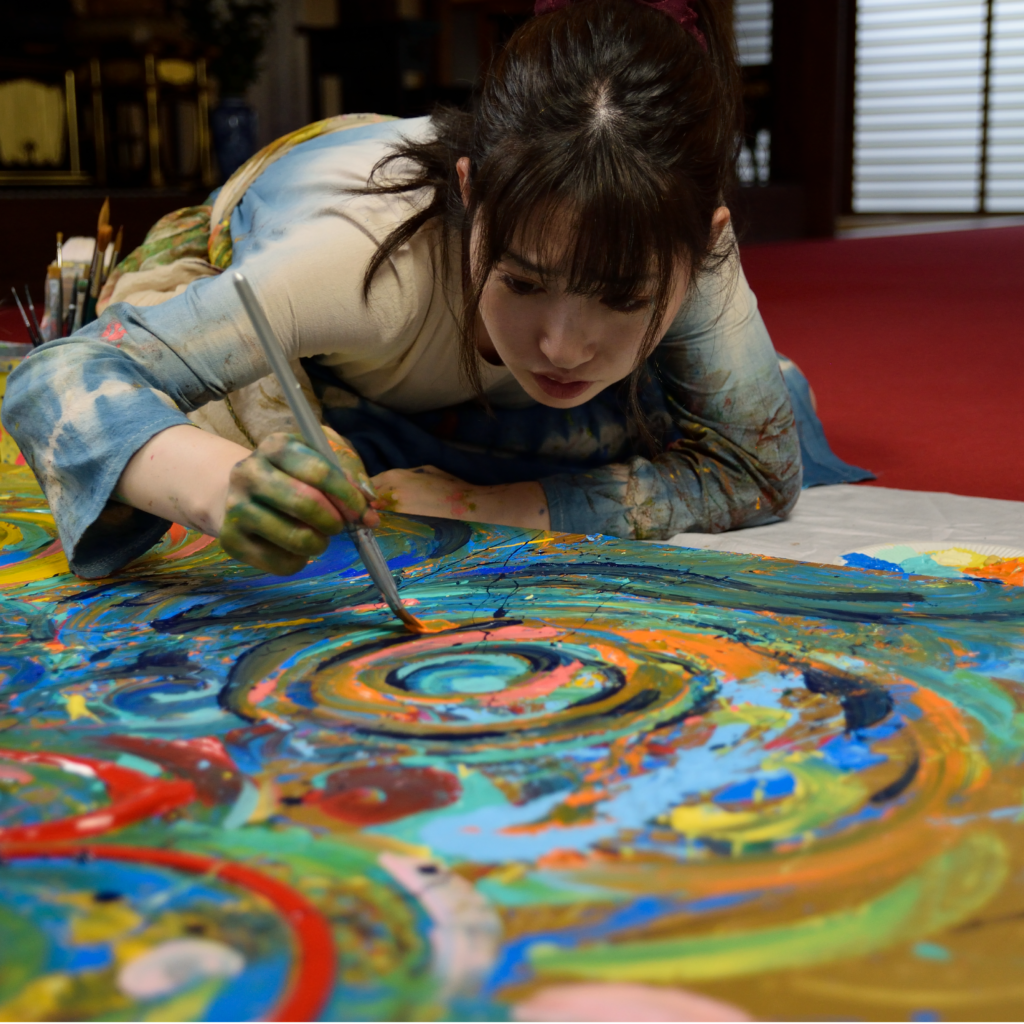
【Botanical & Animal Painter】 umi.
umi. exhibits and sells her works through solo and group exhibitions at commercial venues across Japan.
Influenced by her mother, she entered an art-focused high school, where she was deeply inspired by Bingata—the traditional dyeing craft of Okinawa.
She later completed her studies in Textile Art at a local university.
Since then, she has created paintings of flora and fauna as “maps of soul liberation,” as well as portraits of young girls.
Her works have been showcased in solo exhibitions both in Tokyo and her hometown, as well as in collaborative shows such as “Three Artists — Shotaro Ishinomori, Naohisa Inoue, and umi.”
After receiving awards in Tokyo art exhibitions, she began exploring more experimental and free forms of expression.
Her artistic style varies widely, and she often refers to herself as a “doodler.”
While her primary medium is acrylic, she incorporates techniques from yuzen dyeing and nail art, creating unique mixed-media works.
She also produces live paintings for charity events and exhibitions, featuring mythical creatures such as dragons and the Four Guardians.
In addition, she regularly supports individuals with Epidermolysis Bullosa, a rare genetic condition, by publishing illustrated storybooks (since 2017) to raise awareness of the disease and related associations.
In 2021, she held the Dragon Painting Dedication ceremony at Nyoraiji Temple in Nikko, a temple historically associated with the Tokugawa shogunate.
She also contributed as concept artist for the film “If There Were No Sakura in the World” (2022, Toei Video), starring Akira Takarada and Renka Iwamoto (Nogizaka46), and participated in stage design for a musical production.
Her projects include collaborative action-painting sessions with children for school anniversary events (2022), creative direction for the peace art project Kids’ Guernica (Nikko, 2020–present), and artwork for corporate packaging.
Through these diverse activities, umi. continues to explore the limitless possibilities of painting.
Exhibition & Presentation Information
>>Official Website of umi.
>>SNS & Other Links

